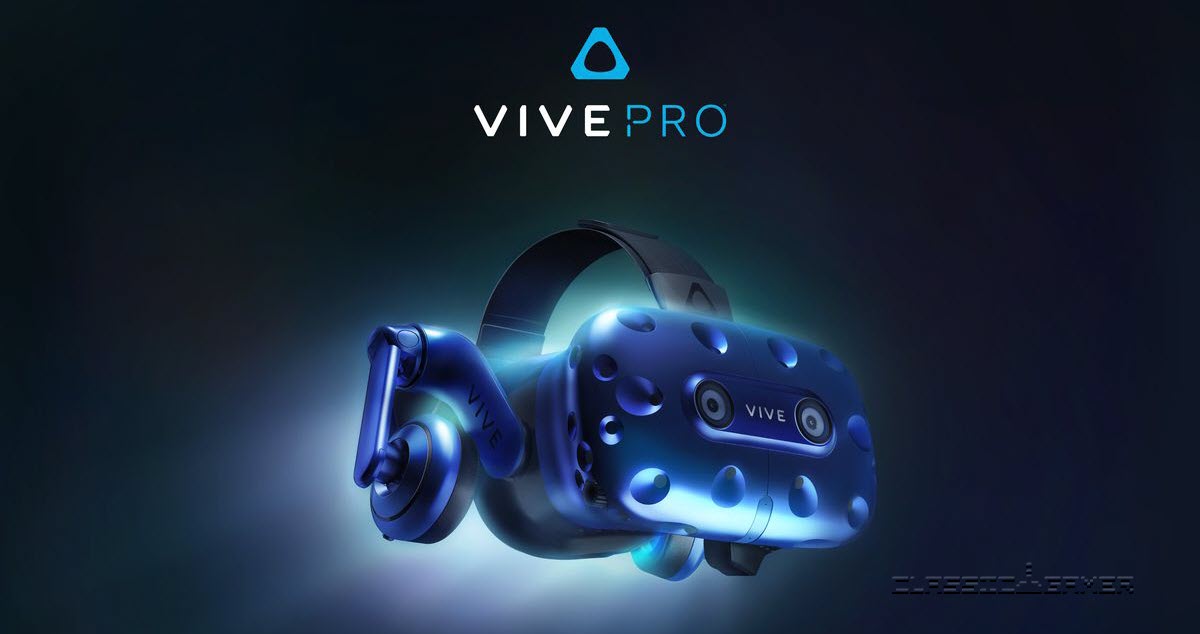
Today, HTC announced the HTC Vive Pro VR headset, a minor upgrade to the existing HTC Vive. But the big question remains: Is it worth buying, or should you stick with your original Vive?
The HTC Vive Pro does have a few clear advantages over the standard Vive. The most significant upgrade is the higher resolution. The Pro model packs more pixels per inch, reducing the visibility of pixels and the screen door effect (the lines between pixels). With a 78% increase in pixel density, jumping from 461ppi to 615ppi, the Vive Pro provides a noticeably sharper image. This is the upgrade pixel critics have been eagerly waiting for. Personally, though, I find that if the game is engaging enough, the focus shifts more towards the experience rather than pixel count.
One of the best features of the Vive Pro, in my opinion, is the built-in headphones. The original Vive comes with loose in-ear headphones, which would often fall out during use. The Vive Pro’s headphones are similar to the Oculus Rift’s over-ear design, providing better sound quality and staying in place. Additionally, the improved dual-microphone system is a nice upgrade for better voice communication and audio input.
The front of the Vive Pro now includes two cameras, likely setting the stage for future augmented reality applications. There’s hope that this may be a step toward Microsoft’s Mixed Reality platform, potentially allowing compatibility with VR apps in the Microsoft Store. While no specific details have been released yet, this could be a significant advantage if implemented.
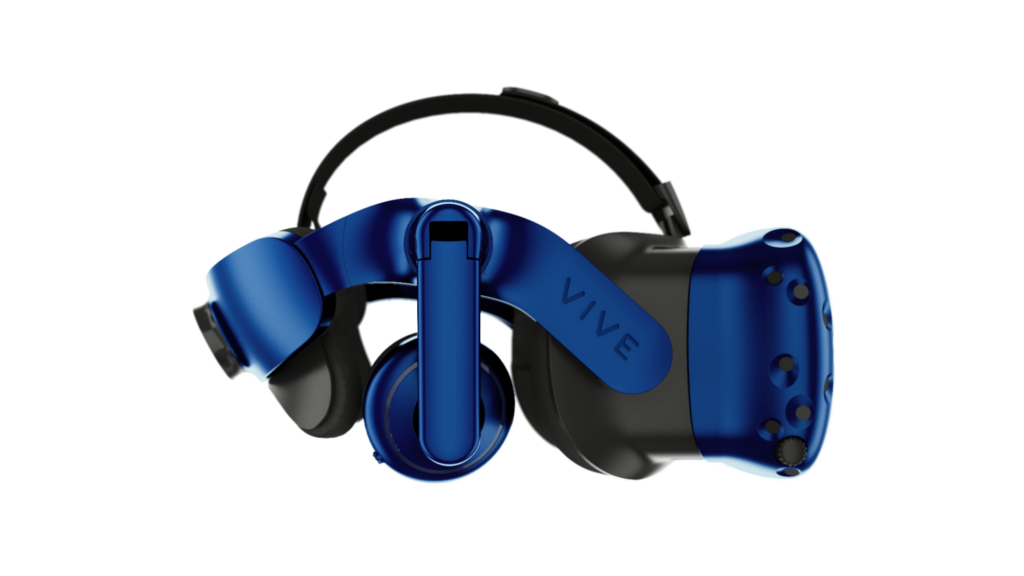 Another improvement is the overall comfort of the Vive Pro. While HTC hasn’t officially released the weight specs, many people who tried it at CES reported that it feels lighter than the original Vive. This could be due to its optimized ergonomics and better weight distribution, which reduces strain during extended VR sessions. The new design balances the weight more evenly, making the headset feel more comfortable in use.
Another improvement is the overall comfort of the Vive Pro. While HTC hasn’t officially released the weight specs, many people who tried it at CES reported that it feels lighter than the original Vive. This could be due to its optimized ergonomics and better weight distribution, which reduces strain during extended VR sessions. The new design balances the weight more evenly, making the headset feel more comfortable in use. 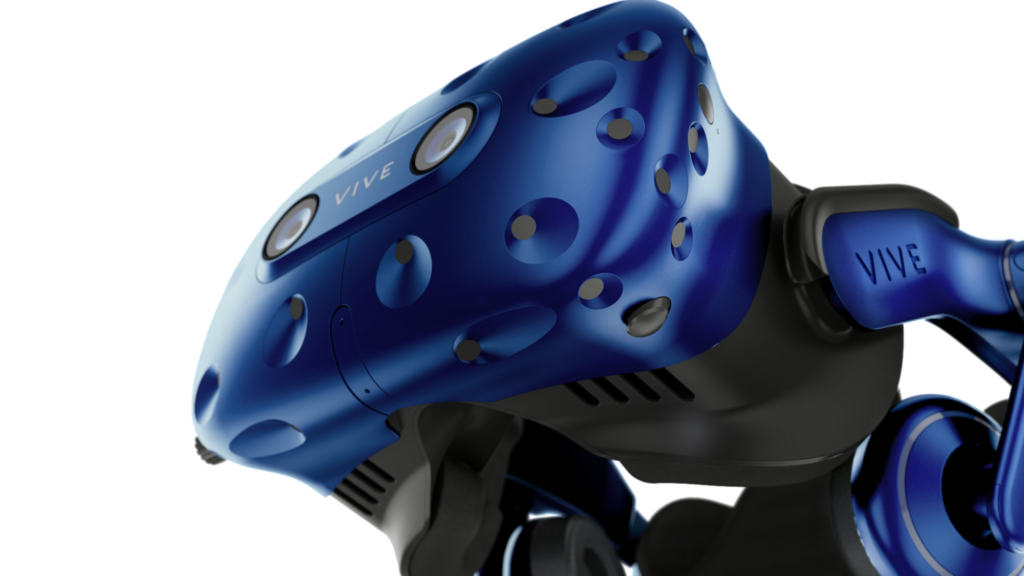
Overall, the Vive Pro offers small but meaningful upgrades in areas where improvements were needed. HTC has listened to its users and delivered a headset that meets most of their demands. It’s worth noting that the Vive Pro isn’t meant to replace the original Vive, but rather to provide an enhanced option, much like the PlayStation 4 Pro or Xbox One X. This means current Vive users can continue enjoying their headset without feeling forced to upgrade. HTC has done an excellent job here—whether you choose to upgrade or not depends entirely on your personal preference. While the Vive Pro is better, it’s not a game-changer. If you’re happy with your current Vive, the upgrade isn’t essential.
Check out the official video to see the HTC Vive Pro in action!
Headset Specs
Screen: Dual AMOLED 3.5″ diagonal
Resolution: 1440 x 1600 pixels per eye (2880 x 1600 pixels combined)
Refresh rate: 90 Hz
Field of view: 110 degrees
Audio: Hi-Res certified headset, Hi-Res certified removable headphones, high impedance headphone support
Input: Integrated microphones
Connections: USB-C 3.0, DP 1.2, Bluetooth
Sensors: SteamVR Tracking, G-sensor, gyroscope, proximity sensor, IPD sensor
Ergonomics: Adjustable eye relief with lens distance adjustment, adjustable IPD, adjustable headphones, and adjustable headstrap
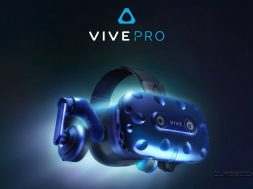








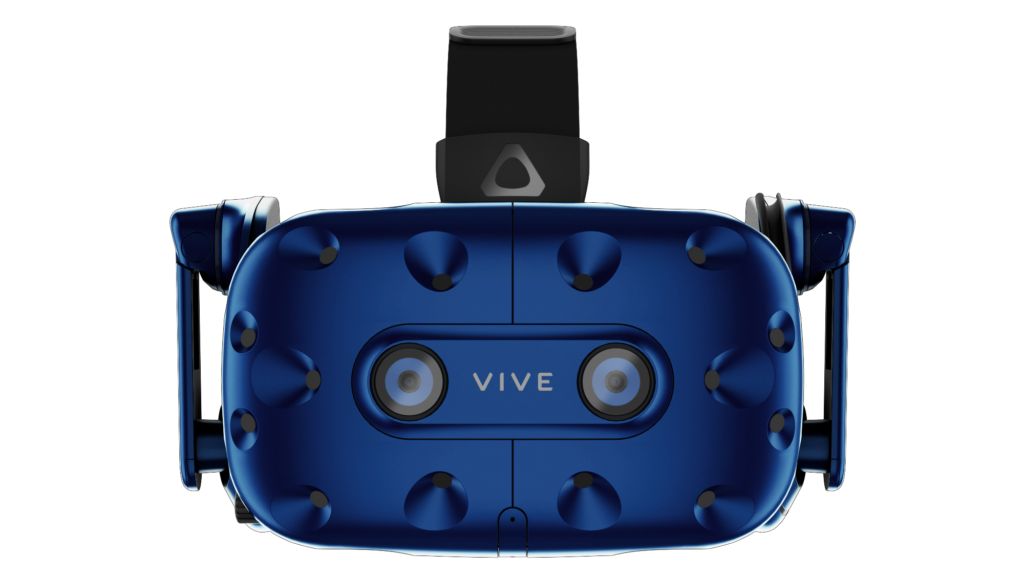
Classic =) It’s a pity that the best times of HTC Vive Pro are almost in the past
However, this headset still remains one of the best for watching Unicorn videos due to the high quality of the displays.